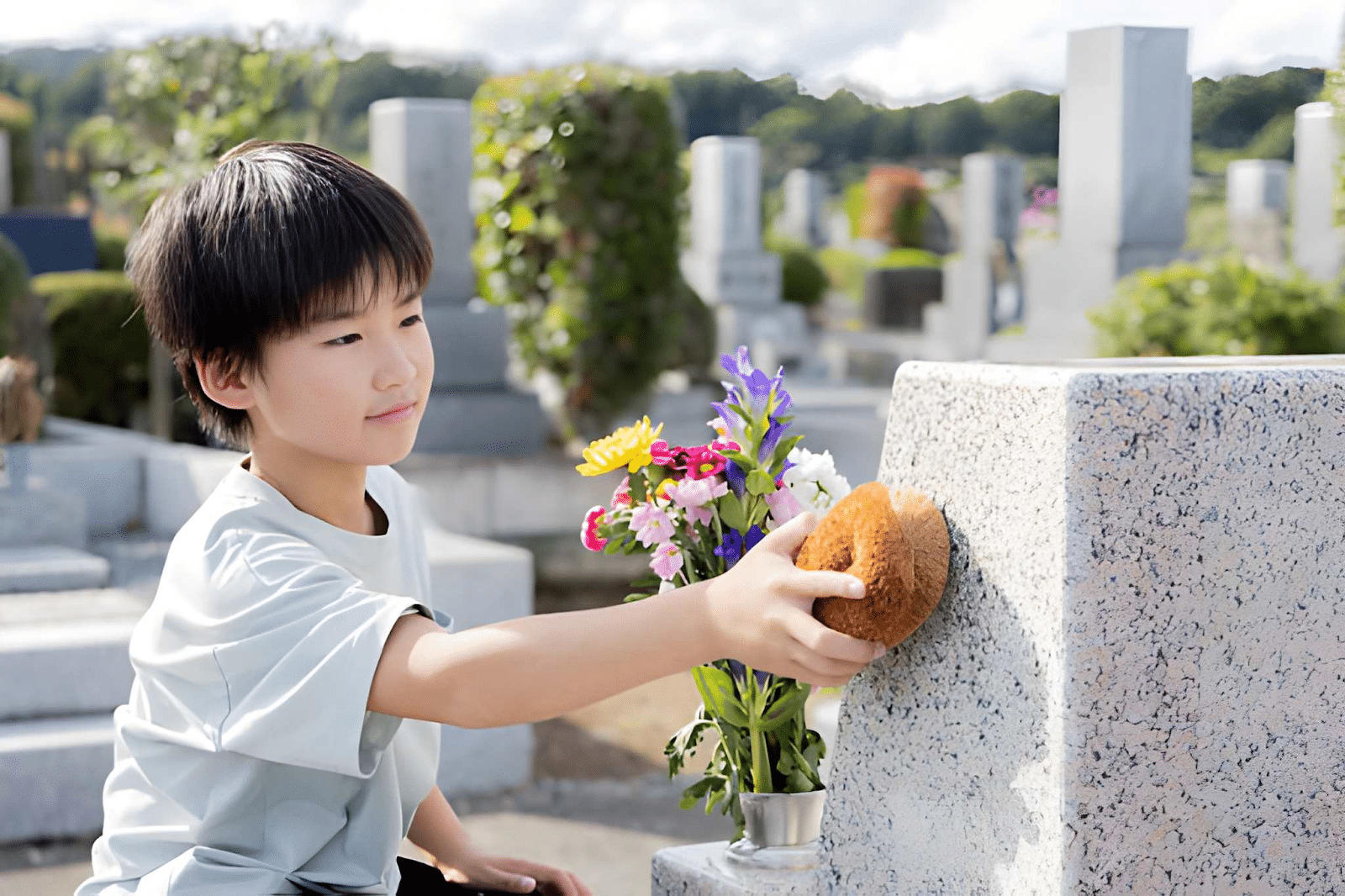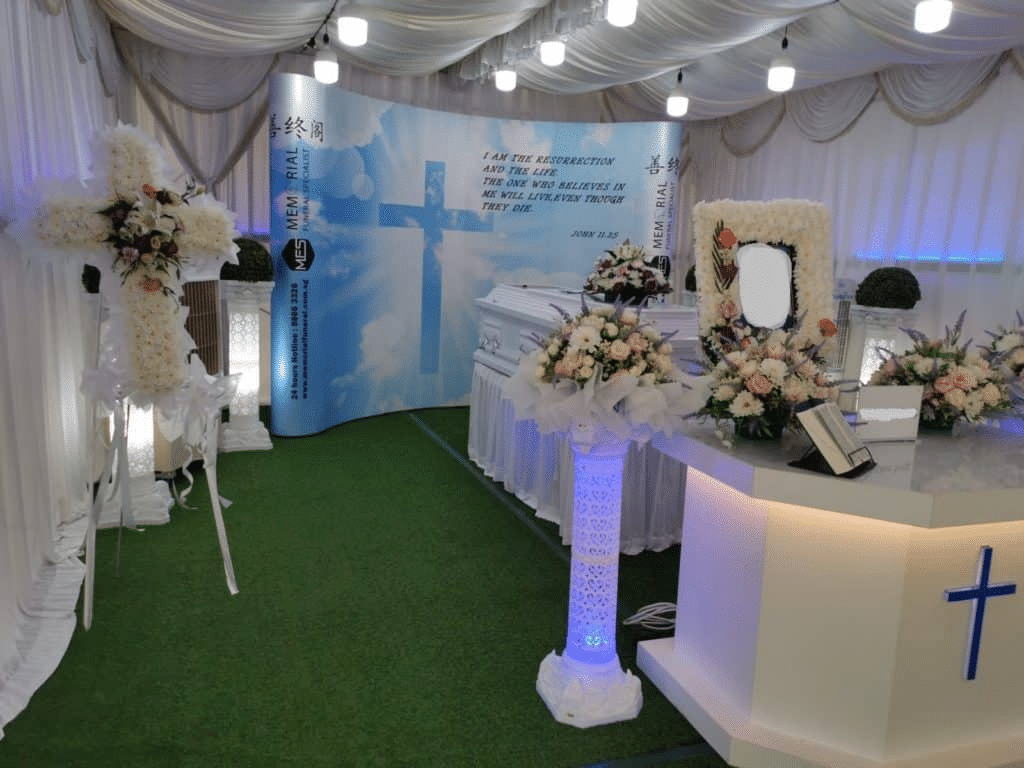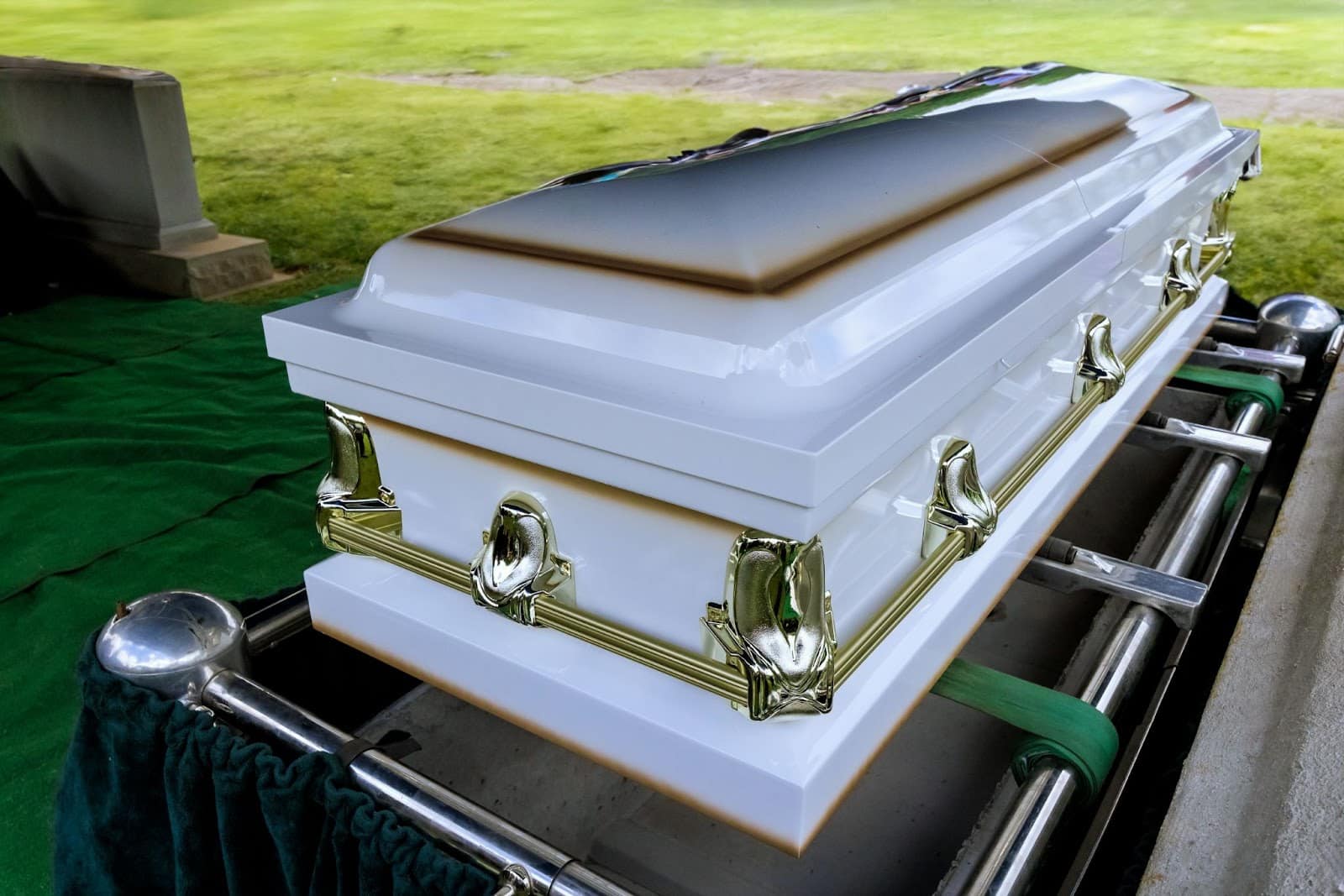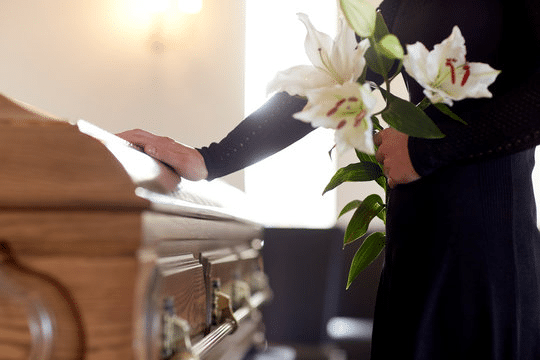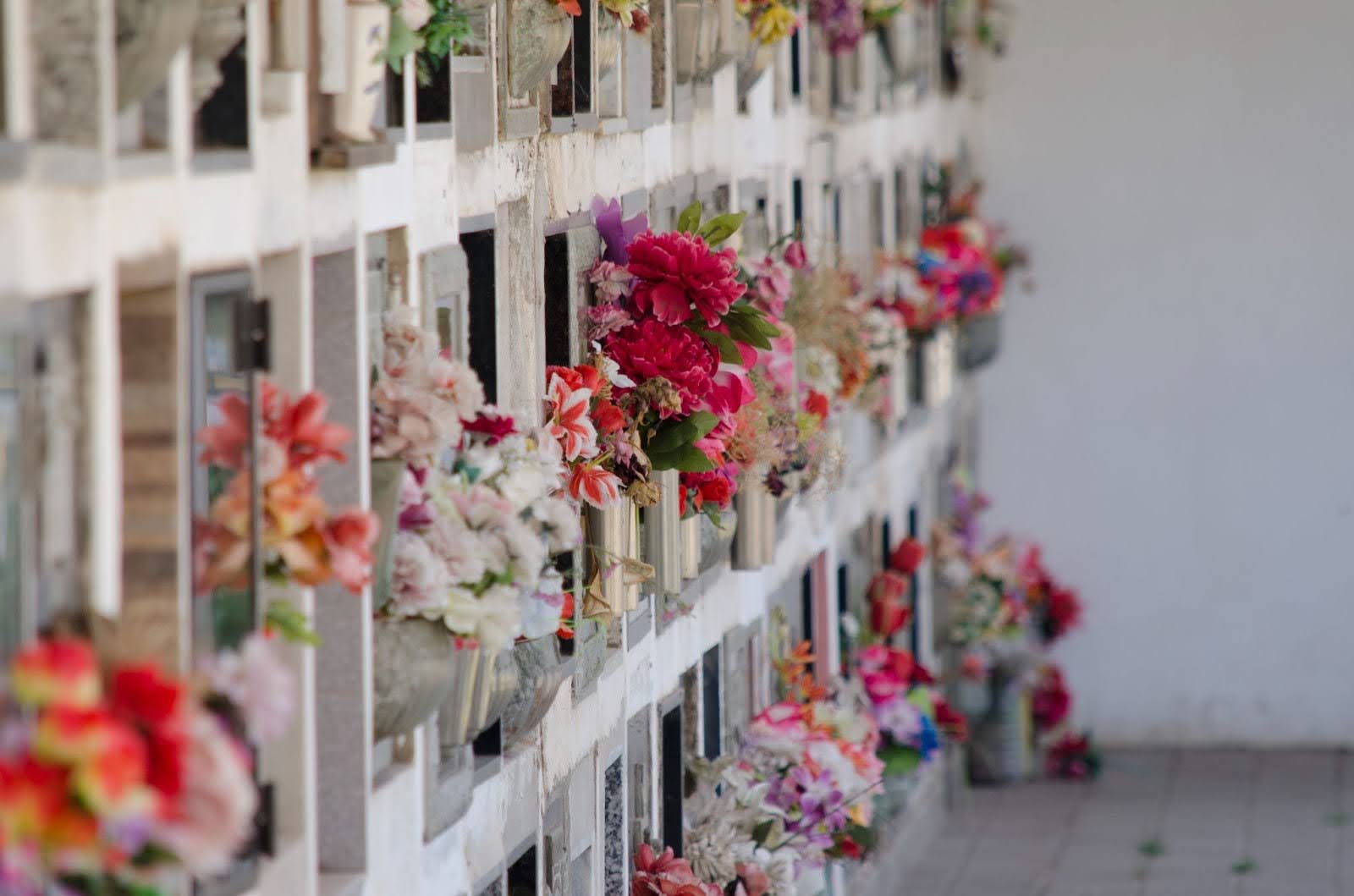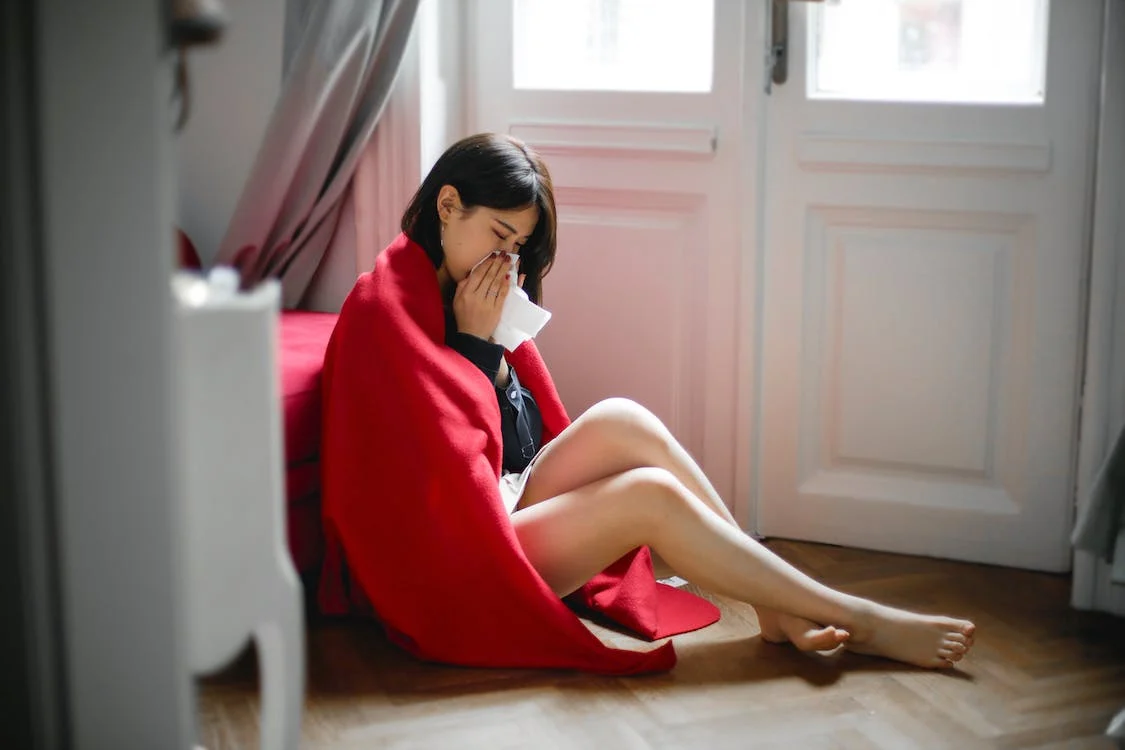
Understanding Chinese funeral customs in Singapore is crucial for respecting cultural traditions and practices. Singapore is a melting pot of customs and religions. Hence making it essential to appreciate the diverse funeral practices observed by its Chinese community.
In this comprehensive guide, we will delve into the significance, rituals, and key elements of Chinese funerals in Singapore. What exactly are the customs? What should and should you not do when attending a Chinese funeral? This guide offers valuable insights for those new to these customs or seeking to deepen their understanding.
The Importance of Chinese Funeral Traditions
Chinese funeral customs are deeply rooted in centuries-old traditions. They reflect the cultural and spiritual beliefs of the Chinese community. These practices honour the deceased and ensure their smooth journey to the afterlife. They also demonstrate respect for ancestors and reinforce familial bonds. In Singapore, these customs are observed with a blend of traditional rites and modern adaptations.
Locations for Chinese Funerals in Singapore
In Singapore, Chinese funerals are often held at funeral parlours, Housing and Development Board (HDB) void decks, and even at homes. These venues provide a communal space where family and friends can gather to honour the deceased.
Categories of Chinese Funerals
Chinese funerals can be sub-categorised into Buddhist funerals, Taoist funerals, and other Chinese religious funerals. Each type has distinct customs and traditions, from the funeral wake to cremation and burial practices.
In this blog, let’s explore the common Chinese funeral customs that are practised among the Chinese community here in Singapore.
Common Practices in Chinese Funerals in Singapore
While there are differences in rituals based on religious beliefs, several elements are common across most Chinese funerals in Singapore. Here are some essential aspects to be aware of:
1. Wake Arrangements
In Chinese folk religions, death is seen as a disturbance to the cosmological balance. The performance of death rituals aims to re-establish order and harmony.
The Chinese believe that the deceased continue to impact the lives of the living. As such, funeral rituals not only exemplify respect and filial piety but are also done for the sake of recompense.
When a death occurs, the relatives of the deceased will select a date for the funeral. This is done after consulting the Chinese Almanac. It’s a Chinese calendar known as Tung Shing or Tung Shu (通勝).
The Tung Shing contains a wealth of information and guidance on various aspects of life. It includes auspicious and inauspicious dates for important activities. Examples are weddings and funerals. The relatives will then send out notices to family and friends.
If the funeral is held at home, the living room is cleared of all furniture and household items. Idols of deities and mirrors are covered with red cloth or paper. This is to avoid offending them by exposing them to death. A red or white banner is also placed over the main door, signifying a death in the household.

2. Mourning Attire
Traditionally, family members wear mourning clothes in different colours. These colours reflect their relationship with the deceased. While practices can vary among dialect groups, white or black garments are commonly adopted today. Immediate family members may wear coarse burlap overcoats, hats, and slippers to visibly express their grief.
Guests attending the funeral should opt for neutral and subdued colours. Such as blue, black, white, or other neutral tones. It’s important to avoid wearing or carrying anything red or bright, as these colours are associated with celebration.
Mourning pins, or Xiao (孝), are worn on shirt sleeves. These pins come in various colours. Each colour represents the mourner’s relationship to the deceased. Different colours or patterns indicate different degrees of relation. They also show stages of mourning. Xiao are often worn until the end of the funeral.
The length of time for wearing mourning garments and accessories can differ. It’s often based on regional customs and the mourner’s connection to the deceased.
3. Preparation of the Deceased
The deceased is ritually washed, sometimes with water scented with pomegranate flowers, as part of the preparation process. After washing, the body is dressed in layers of Shouyi (寿衣). Shouyi are traditional ceremonial garments worn by the deceased. These garments, often made from coarse fabric, are layered to signify respect and the deceased’s connection to their descendants.
In Singapore’s climate, it’s more common to dress the deceased in their best or favourite outfits instead of traditional Shouyi. This practical adjustment helps to manage the local conditions while still honouring the deceased.
A coin or grain of rice may be placed in the deceased’s mouth to ensure a smooth journey through the afterlife. Additionally, coins might be placed in the left hand as a bribe for guardian spirits, helping to secure safe passage and protection.
4. Preparing the Coffin
The ritual of Rulian (入殓), or “entering the wood,” involves placing the body in the coffin. This process includes placing items like a mirror and a bag of grain inside the coffin. The mirror is intended to reflect and guide the deceased’s spirit, while the grain is meant to ensure they are well-fed in the afterlife.
In addition to these items, joss paper (offering paper money and other paper goods), personal articles, and symbolic items are added to the coffin. These are believed to provide for the deceased’s needs and comfort in the afterlife.
Small pieces of red paper are affixed to the seams of the coffin to ward off evil spirits. This practice is meant to protect the deceased and ensure a safe passage.

5. The Wake
Chinese wakes in Singapore typically last between three to seven days, with three days being the most common. The wake is always held for an odd number of days. This signifies the incomplete cycle of life and the hope of reincarnation.
Family members take turns keeping vigil over the body. They ensure that the deceased is never left alone. It’s common for relatives and friends to gamble or play Mahjong through the night to stay awake and support each other during this period.
Flowers, Banners, Blankets, and Monetary Condolences
Friends and relatives may express condolences by sending flowers, banners, or blankets, and monetary contributions known as Baijin/Bojin (白金) or Peh Kim/Pek Kim (白金 or 帛金). These contributions help to cover funeral expenses.
Monetary condolences are often offered in a white envelope or dropped directly into the condolence money box at the wake. Nowadays, digital payments via PayNow or PayLah are also becoming more common.
Incense Offerings and Practical Support
Upon arrival, guests light a single joss stick and place it in the incense pot in front of the altar. They then bow three times before the altar to pay their respects. This act honours the deceased.
Helping with tasks like arranging tables and chairs or folding joss paper is also appreciated. It shows respect and support for the grieving family.
Offerings and Rituals
During the wake, family members and guests may make offerings of food, tea, and other items to the deceased. These offerings are placed on the altar. They are presented to the deceased’s spirit as a gesture of respect and nourishment for their journey in the afterlife.
The Role of the Eldest Son
The eldest son usually leads the rituals during the wake and funeral. This role includes making the first offerings, leading prayers, and coordinating the rituals. The eldest son’s involvement is rooted in Confucian principles of filial piety. Here, the eldest child has the responsibility to honour and care for their parents, even after death.
This role may involve participating in or leading the chanting of sutras. The eldest son ensures all necessary rites are performed correctly and often guides younger family members during the ceremonies. This tradition highlights the respect for hierarchy and the importance of family duty in Chinese culture.
6. Taking Leave from the Funeral
Guests should inform a host quietly before leaving and avoid departing during rites or sermons. Red threads are used to stave off bad luck. These threads are often placed on a table near the entrance at the wake venue. Guests must tie one around their finger and discard it before reaching home.
Washing with flower water is also a traditional practice to cleanse bad luck and purify oneself after attending a funeral. This scented water is usually found at stations set up at the entrance or exit of the venue. Guests should use it to clean their hands as they leave.

7. Burial or Cremation
Before burial or cremation, family members, relatives, and friends pay their last respects. Pallbearers then carry the coffin to the hearse, with the deceased’s photo displayed at the front. A band of musicians leads the procession, playing loud music to ward off evil spirits.
Another customary practice involves family members lining up according to their rank. They will then place their hands on the hearse. This symbolises their respect and connection to the deceased.
In Singapore, due to space constraints, most deceased individuals are cremated. After cremation, family members collect the bones and ashes and place them in an urn. The urn is then placed in a columbarium, on an ancestral altar at home, or in a temple or ancestral hall. Family members and friends continue to pay their respects by performing rituals at these sites.
8. The Period of Mourning
The traditional mourning period lasts 49 days. During this time, prayers are offered every seven days until the 49th day. A memorial service is also commonly held on the 100th day to honour the deceased. In the first year following the passing, families may avoid hosting or participating in joyous events. This includes weddings and celebrating Chinese New Year.
Additionally, some families may observe a year of mourning, reflecting their respect for the deceased and completing their mourning rituals.
Feng Shui in Chinese Funerals
Feng Shui (风水) is the ancient Chinese practice of harmonising with the environment. It plays a crucial role in Chinese funerals. The principles of Feng Shui are applied to ensure that the deceased rests in peace. It also ensures that the living are protected from negative energies.
Selecting the Burial Site
The choice of a burial site is vital in Feng Shui. The location must have good energy flow, also known as Qi or Chi (气). Good Qi ensures peace for the deceased and prosperity for the descendants. Traditional Feng Shui practitioners often assess the site. Including its topography, direction, and surroundings to find the most auspicious location.
Positioning the Coffin
The coffin’s placement within the burial site is also guided by Feng Shui principles. It’s crucial to align the coffin in a direction that harmonises with natural forces. This positioning is believed to influence the well-being of the deceased in the afterlife and the fortune of their family.
Items in the Coffin
Feng Shui guides the inclusion of specific items within the coffin to protect the deceased’s spirit and ensure their comfort in the afterlife. Common items include mirrors, coins, and personal belongings. These items are chosen based on their symbolic significance and Feng Shui properties.
The Funeral Procession
The route and manner of the funeral procession are planned to avoid negative influences. The procession’s path is often chosen to steer clear of obstacles and inauspicious locations. This ensures a smooth transition for the deceased’s spirit.
After the Funeral
Post-funeral practices, such as placing the urn or ancestral tablet, are influenced by Feng Shui. It’s important to place these items in auspicious locations within the home or columbarium. This helps maintain harmony and positive energy for the living family members.

Modernisation of Chinese Funeral Customs in Singapore
Professional Funeral Services
In Singapore, there is a growing reliance on professional funeral services. This marks a significant shift from traditional practices. Funeral directors now manage many aspects of the funeral, including body preparation and ceremony coordination.
This professional approach ensures that all rituals are conducted with precision and respect. It also eases the burden on grieving families. These services often include modern amenities, such as air-conditioned funeral parlours. They also offer comprehensive packages that cover all aspects of the funeral process.
Simplification of Rituals
The complexity of traditional rituals has been simplified to adapt to contemporary lifestyles. For instance, the traditional practice of dressing the deceased in multiple layers of Shouyi (寿衣) has been replaced by dressing them in their best or favourite outfit.
This change is partly due to Singapore’s hot and humid climate, which makes layering impractical. It’s also due to modern preferences for more streamlined practices. Simplification reflects a broader trend towards practical and less ceremonious approaches in modern life.
Use of Technology
The advent of technology has significantly impacted Chinese funeral customs. Many families now use digital tools to facilitate the funeral process. For example, live streaming services allow relatives and friends who cannot attend in person to participate in the wake and funeral ceremonies.
Online memorials and digital condolence messages have also become commonplace. These new methods provide ways for people to express their grief and celebrate the deceased’s life. Technological advancements make the process more accessible and inclusive.
Environmental Considerations
With growing environmental awareness, many modern Chinese funerals now incorporate eco-friendly practices. This includes using biodegradable coffins and urns. Many families also opt for cremation over burial to conserve land space.
Singapore’s limited land availability has led to a preference for cremation, which aligns with environmental sustainability efforts. Additionally, there is a rising trend towards green funerals that minimise the ecological impact of traditional practices.
Evolving Social Norms
Modernisation has also influenced social norms surrounding mourning and funerals. While traditional mourning periods and customs remain important, there is greater flexibility in how families choose to express their grief.
For example, some families might hold memorial services in less formal settings. Others may adapt traditional practices to better fit their personal beliefs and circumstances. This evolution reflects broader changes in societal attitudes towards death and mourning.
The Key Role of Funeral Directors in Chinese Funerals
Funeral directors play a crucial role in managing the complexities of Chinese funeral customs. In Singapore, they are skilled in traditional rituals and superstitions. This expertise ensures that all aspects of the funeral are handled with respect and cultural adherence.
Funeral directors provide essential support to families during their time of grief. They manage logistics, coordinate ceremonies, and help ensure the process runs smoothly. This support allows families to focus on their personal bereavement.
Experienced in Chinese funeral customs, funeral directors handle everything from the wake to ash management. Their role eases the burden during difficult times.
For more information or assistance with Chinese funeral customs in Singapore, don’t hesitate to contact us. At Memorial Funeral, we ensure all end-of-life matters and practices are observed with the utmost respect and care.

Conclusion
Understanding Chinese funeral customs in Singapore provides valuable insights into the cultural practices that honour the deceased and support grieving families. By recognising the significance of these traditions and participating respectfully, you help preserve cultural heritage. You also offer support to those in mourning.
The modernisation of these customs reflects changes in societal attitudes and practical needs. It blends traditional practices with contemporary approaches. Whether you are involved in planning a Chinese funeral in Singapore or seeking to understand these practices, this guide aims to inform and create awareness. It highlights the rich traditions that shape these important rites.
Want to learn more? Visit our blog section for more informational blogs like this.

